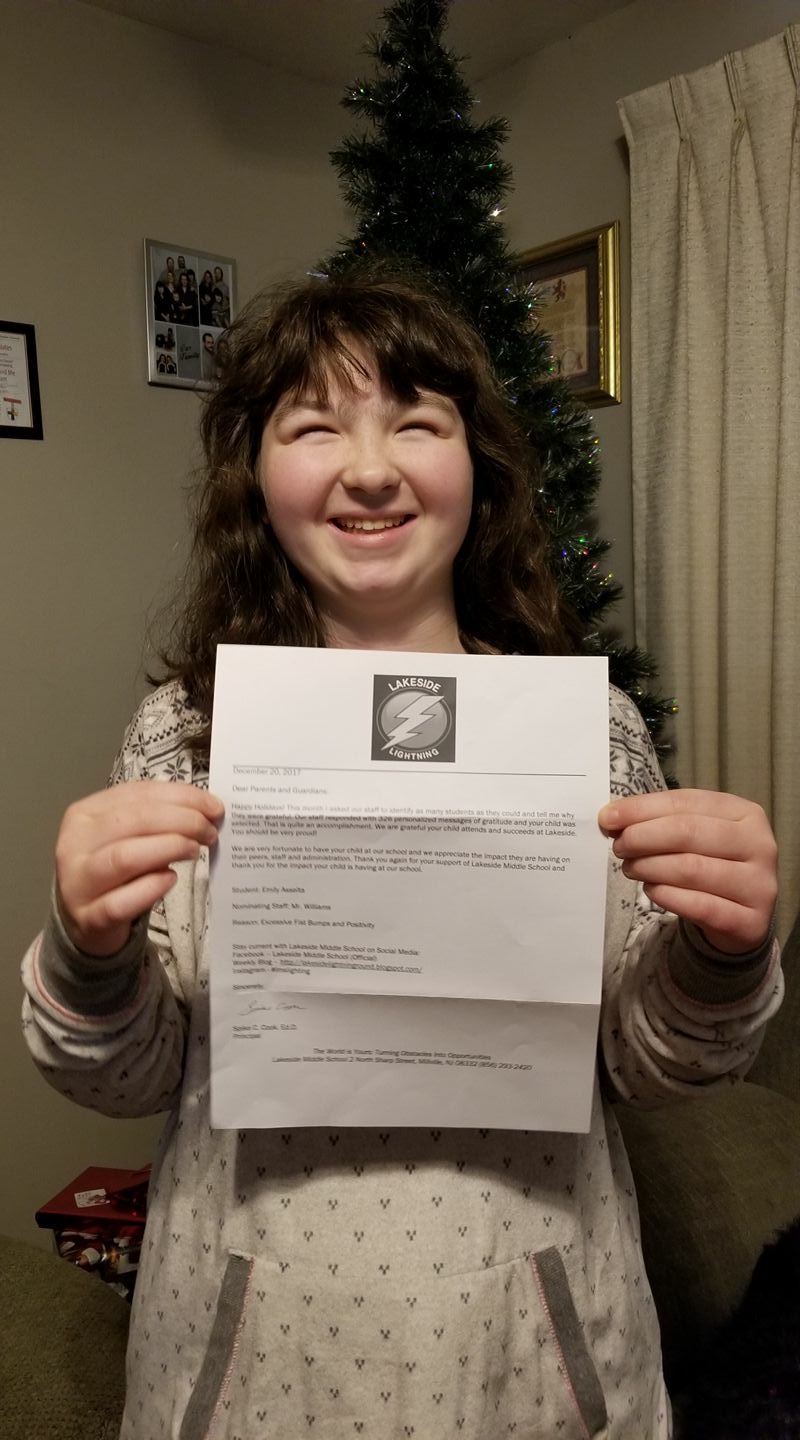
Photo by Mathieu Stern on Unsplash
A few months ago Margaret Keefer, a Professional Development Specialist in our district lead us through a Reverse Brainstorming Activity for our Professional Learning Communities. She asked us to list all the things we could do to allow ineffective PLCs in our district.
At first I was puzzled by the request. I was thinking to myself, “You want us to say how we can continue to allow ineffective PLCs?” So I began to write as many ideas as I could think of and when we shared out I could see how this information would eventually work to help the process! The ideas we listed ended up informing our solutions!
What can we do to allow ______ to continually be ineffective at our school/district? ~ Reverse Brainstorming prompt
A few weeks later we were planning for our School Improvement Process for next year and we needed an idea to get staff thinking about improving our hallways. Beth Benfer, Professional Development Specialist and I immediately thought of the Reverse Brainstorming activity. We then developed this prompt, “What can we do to continue to allow ineffective hallway behaviors at our school?”
We did this activity with about 100 staff members from from teachers to paraprofessionals, secretaries to guidance and administration. The feedback from the process was very insightful. Staff members were able to be honest (and vulnerable) by listing all the things we could do to basically make the hallways worse. The activity was a good starting point for us.
So if you are looking for something that would create good discussion and get you started on solving a problem in your classroom, school or district try a Reverse Brainstorming Activity. Here are some suggested ways to implement the activity:
- Identify your problem or issue
- Develop a prompt that would allow the problem to get worse
- Have everyone write down individually as many ideas as possible
- After 3 minutes have each person share one idea at a time. If someone else has that idea they can either piggy back off the idea or share another one
- Take the ideas and reverse them into solutions or actions to eventually solve the problem
Spike Cook, Ed.D., Principal, Lakeside Middle School, Millville, NJ. In addition to being a Principal, Dr. Cook published two books through Corwin Press (Connected Leadership:It’s Just a Click Away; Breaking Out of Isolation: Becoming a Connected School Leader). He is the co-host of the popular PrincipaPLN podcast and his blog, Insights Into Learning, was recognized as a finalist for Best Administrator Blog by the EduBlog Awards. Spike earned his Doctorate from Rowan University and is featured in their Alumni Spotlight. Connect with @drspikecook via Twitter.




 I recently had the opportunity to attend the 11th Annual National SAM Conference.
I recently had the opportunity to attend the 11th Annual National SAM Conference. 



 Based on the feedback from the staff, we implemented a Week of Gratitude at Lakeside Middle School in the fall of 2016. During this week, we delivered blank thank you cards to staff and encouraged them to thank someone, anyone. In addition, we gave blank paper to students and also encouraged them to write thank you cards to each other or staff. What may have seemed like a benign activity turned into an incredible buzz throughout the school. Teachers started spreading gratitude on their own by buying each other flowers, sending anonymous gifts and candy to each other.
Based on the feedback from the staff, we implemented a Week of Gratitude at Lakeside Middle School in the fall of 2016. During this week, we delivered blank thank you cards to staff and encouraged them to thank someone, anyone. In addition, we gave blank paper to students and also encouraged them to write thank you cards to each other or staff. What may have seemed like a benign activity turned into an incredible buzz throughout the school. Teachers started spreading gratitude on their own by buying each other flowers, sending anonymous gifts and candy to each other.  I decided to take the gratitude to the next level. At the first meeting of the 2016-17 school year I distributed blank journals to each staff member. I talked with the staff about how they could use these journals to write 3-5 things each day that they are thankful for at
I decided to take the gratitude to the next level. At the first meeting of the 2016-17 school year I distributed blank journals to each staff member. I talked with the staff about how they could use these journals to write 3-5 things each day that they are thankful for at